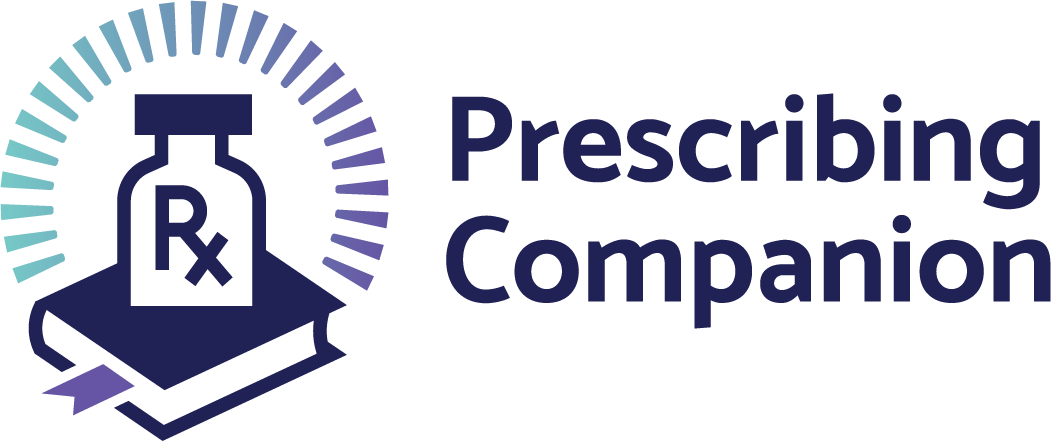Description
- Non-intestinal
- Filariasis
- The adult worms are The large females give birth to larvae known as microfilaria. These require two hosts to complete their lifecycle. The first host is the mosquito culex, aedes, anopheles or flies such as Simulium.
Wuchereria bancrofti
Signs and Symptoms
Adult worms are found in the lymphatics and lymph nodes. Larvae grow and mature in the regional lymph
nodes for up to 18 months. The patient then presents with:
• Fever ranging from 39°C - 41°C
• Lymphangitis, both of which subside in 3 - 5 days.
• Red streaks on the skin, are tender and cord-like.
• Involvement of the lymphatics of the epididymis, testes and spermatic cord causing obstruction which
presents with oedema of the lower limbs and scrota.
• Long-standing oedema produces thick, rough skin which may ulcerate
Treatment
• Diethylcarbamazine 2 – 6mg/kg daily in divided doses for 2 – 3 weeks. The course is repeated after 6 weeks.
• Supportive care is antihistamines or steroids for allergic reactions that can occur.
• Also associated bacterial infections should be treated and reconstructive surgery can be done on unsightly tissue.
Complications
Tropical eosinophilia is characterized by:
• Lymphadenopathy
• Splenomegaly
• Cough
• Bronchospasm and asthma-like picture.Loa loa
Signs and Symptoms
Caused by adult worms which prefer the sub conjunctival and periorbital tissues. The main features are:
• Calabar swellings – painless, localised, transient, hot soft tissue swellings often near joints lasting from a
few hours to several weeks
• Urticaria
• Pruritis
• Lymphoedema, ahritis and chorioretinitis may occur
• A meningoencephalitis like picture may occur during treatment
Treatment
• Diethylcarbamazine, 2 - 6mg/kg daily for 2 - 3 weeks
Onchocerciasis
Signs and Symptoms
The incubation period averages 1 year
• Initially, a papular, reddish, itchy rash occur
• After repeated infection subcutaneous nodules develop associated with genital elephantiasis, hydrocele and ocular lesions. Ocular lesions are serious and may cause blindness
• Initially, there is excessive tear production, photophobia and the sensation of a foreign body in the eye
• Then conjunctivitis, iridocyclitis, chorioretinitis, secondary glaucoma and optic atrophy may occur.
Treatment
• Ivermectin 150mcg/kg orally as a single dose. Annual retreatment must be given until adult worms die.
• In endemic areas not all patients need treatment. Indications for treatment are the threat of eye damage and severe pruritis.
Prevention
• Primary prevention is aimed at vector control and protection of humans from vectors.
• Mass chemotherapy with Diethylcarbamazine is effective in bancroftian filariasis and loasis.
Nematodes - IntestinalAscaris lumbricoides (Roundworm)
Description
It is a small intestinal infestation caused by Ascaris lumbricoides which leads to malnutrition, iron deficiency anaemia, impaired growth and cognition in susceptible hosts. It is most common infestation in children and it is acquired through ingestion of contaminated food and water.
Infection is acquired by ingesting contaminated food
Signs and Symptoms
- Chronic Diarrhea
- Nausea
- Vomiting
- Abdominal discomfort
- Anorexia
- Steatorrhea
- Malnutrition
- Chronic Cough (loffers’s syndrome)
- Intestinal obstruction
- Obstructive jaundice
Investigations
Wet mount stool examination (Evidence of ova or worms)
Treatment
• Mebendazole (PO) 500mg as a single dose or 100mg 12 hourly for 3 days.
OR
• Albendazole (PO) 400mg as a single dose.
Strongyloides stercoralis
Description
Infestation occurs by penetration of the skin by larvae. This can lead to life-threatening infestation and
disseminated strongyloidiasis in an immune-compromised host
Signs and Symptoms
• Pruritic papulo–vesicular rash at the site of penetration or uticarial rash involving the perennial region extending to the buttocks, thighs and abdomen
• Chronic cough
• Colicky abdominal pains
• Chronic diarrhea and passage of mucus
• Weight loss
• Hyper-infection syndrome
Investigations
• Wet mount stool examination (Evidence of rhabiditform larva)
• ELISA for anti-strongyloides antibody
Treatment
• Mebendazole (PO) 500mg as a single dose or 100mg 12 hourly for 3 days.
OR
• Albendazole (PO) 400mg as a single dose.
OR
• Ivermectin (PO) 200 μg /kg daily for 2 days
OR
• Thiabendazole (PO) 25mg/kg body weight (max.1.5g) 12 hourly for 3 days
Note: Give treatment for 10 days in case of disseminated/super infestation
Ancylostomiasis
Description
It is a hookworm disease caused by infestation of the small intestine with Ancylostoma duodenale or Necator
americanus leading to anaemia and malnutrition
Signs and Symptoms
• Abdominal pains
• Chronic diarrhoea
• Melena stool
• Weight loss
• Chronic cough (loafers’ syndrome)
• Anaemia
Investigations
• Wet mount stool examination (Evidence of ova or worms)
• FBC
Treatment
• Mebendazole (PO) 500mg as a single dose or 100mg 12 hourly for 3 days.
OR
• Albendazole (PO) 400mg as a single dose.
Note:
• If it persists, give second course after 4 weeks.
• Iron replacement and nutritional supplementation (protein and vitamins) should be part of the management
strategy.
NB: Albendazole is contraindicated in the first trimester of pregnancyTrichuris trichiura (whipworm)Most infestations are asymptomatic.
Signs and Symptoms
Heavy infestation is associated with:
• Bloody diarrhoea and mucus
• Abdominal discomfort
• Anorexia and weight loss.
• Appendicitis
• Rectal prolapse (mostly in children)
Treatment
Mebendazole 100mg twice daily for 3 days.
Enterobius vermicularis (threadworm)
Description
Intense anal pruritis which is usually nocturnal. Scratching results in dissemination of eggs
Treatment
A single dose of Mebendazole 500mg followed by a second dose 2 weeks later. Family members should also be treated.
Prevention• Personal hygiene
• Proper sanitation
